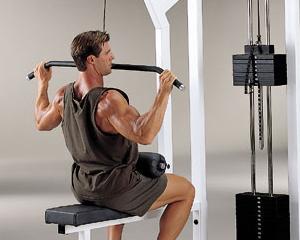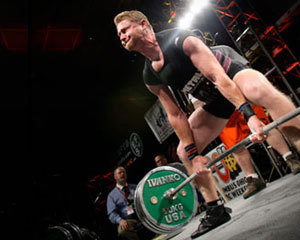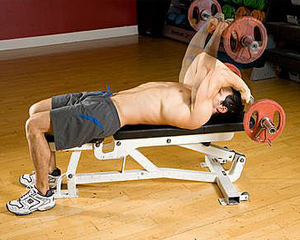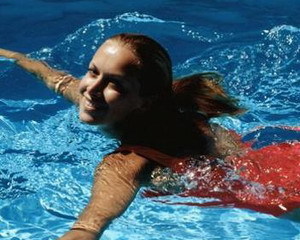your wrist flexor
SCARVES WITH RODS BACK
 The barbell scars behind the back, like their classic version, primarily affect the muscles of the upper back and neck. Their regular implementation develops primarily the trapezium, as well as, but to a lesser extent, the rhomboid and scapula-raising muscles and forearms.
The barbell scars behind the back, like their classic version, primarily affect the muscles of the upper back and neck. Their regular implementation develops primarily the trapezium, as well as, but to a lesser extent, the rhomboid and scapula-raising muscles and forearms.
The amplitude of movement in this version of the scars is less than in the traditional one, which means that the muscles during execution are reduced less. But the implementation of scars with a barbell on the back is much more effective for improving posture. In addition, they prevent the appearance of “round” shoulders (when the shoulders do not stand out against the back). Continue reading
BENDING HANDS IN WRINKES
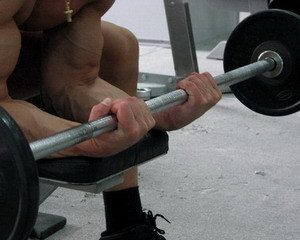 The forearms are not the part of the muscles that will fundamentally change your appearance, but it is their strength that not least depends on your progress in the basic exercises, and therefore your volumes. It is the weakness of the forearms that will not allow you to do the last “before refusal” repetitions in the deadlift or bench press. Therefore, so that such a misfortune does not happen to you – pay due attention to work on your forearms. And here, at an opportune moment, such an exercise is useful to you as bending the arms in the wrists.
The forearms are not the part of the muscles that will fundamentally change your appearance, but it is their strength that not least depends on your progress in the basic exercises, and therefore your volumes. It is the weakness of the forearms that will not allow you to do the last “before refusal” repetitions in the deadlift or bench press. Therefore, so that such a misfortune does not happen to you – pay due attention to work on your forearms. And here, at an opportune moment, such an exercise is useful to you as bending the arms in the wrists.
Arm flexion in the wrists is an excellent exercise for developing the muscles of the inner part of the forearm, which determines the volume and strength of the forearm. Continue reading
